In honor of someone named streets of Rostov-on-don after his release on 14 February 1943?
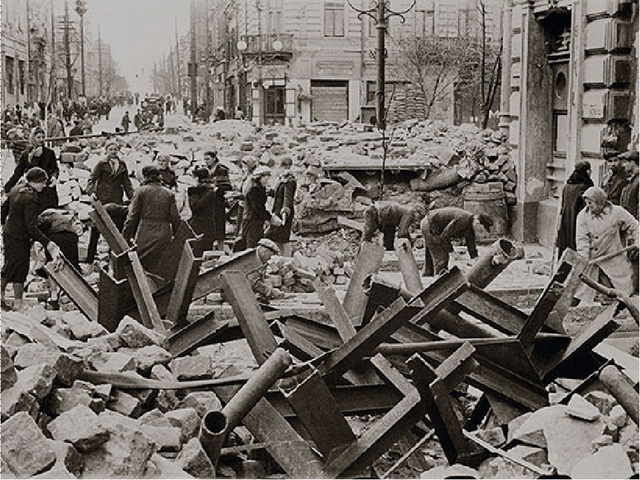
February 14 for guys, it's not just the number of calendar, because on this auspicious day, cold in 1943 was liberated from the Nazi invaders of Rostov-on-don. The Caucasus gate was occupied twice by the Nazis and their allies. First time in the autumn of 1941, the Germans were able to capture Rostov. 28 November 1941, Soviet troops under the command of Marshal Timoshenko were able to liberate Rostov-on-don. However, in July 1942, the German high command re-launched a massive offensive in the Kuban and the Caucasus.
On 24 July 1942 in Rostov-on-don became a part of the 17th Nazi army, the Wehrmacht. Rostov-on-don was again under the power of the occupiers, which this time lasted for many months.
The townspeople tried to the best of their ability to resist invaders, launched a clandestine operation, for which many paid with their lives. Unfading glory covered himself Rostov rifle regiment of the people's militia, assembled in 1941 and heroically defended his hometown. Despite the fact that the regiment served yesterday's civilians, the regiment's militia showed miracles of heroism. The streets and alleys of Rostov-on-don are named by the names of many militia today, as is the square. Rostov rifle regiment of the national militia.
Here's another heroic names which today are the streets of Rostov, which in their homes, live peacefully grateful descendants: Tekuchev Vasily Petrovich, malyugina Tatyana A., Kozlov, Nikolay Konstantinovich, Kataev Alexander Serapionovich, Yeremenko Andrey Ivanovich, Dranko, Petr, Dovator, Lev Mikhailovich Gerasimenko Vasily Filippovich, Voroshilov Kliment, Varfolomeev, Mikhail, Semyon Budyonny Semyon Mikhailovich, Malinovsky, Rodion Yakovlevich, and others.
But today, we want to tell You about the feat, which in time of peace seems impossible. This is a six-day defense of the Rostov station and steam repair plant by a small group of fighters, led by Madoyan Gukas Karapetovich. When don forced the red army infantry battalions of the 159th brigade had faced the fire of the superior enemy forces, it seemed that the plan of capture of the railway station of Rostov-na-Donu is doomed to failure. Moreover, the 1st and 4th battalions were left without commanders. And here the command was assumed by Lieutenant Madoyan. Under him gathered about 800 people — the surviving soldiers of the three battalions. The decisive attack Madoyan with the soldiers knocked out the Nazis from the building of the Rostov railway station and dug in on its territory. Began the heroic defense of the Rostov station, which lasted six days. The red army under the command of Him Madoyan 43 repelled the attacks of the enemy. Desperate to break the resistance of the red army tank and artillery fire, the Germans on February 11, has set fire to the building forecourt with bombs. The coal stored on the square caught fire. In the current situation Ghukas Madoyan gave an order to immediately move to another part of the defense, to the foundry of the plant. V. I. Lenin. A detachment crossed the area in one roll, after which the red army entrenched in the foundry "Lensoveta", where continued to fire at the forecourt. Two days later, on the evening of 13 February, the soldiers Madoyan again managed to seize the building of the railway station of Rostov-on-don to occupy the position.
The defense of Rostov station went down in history as one of the unique examples of operations of this kind.
Around 02.00 am on February 14, 1943. connections of troops of the southern front broke into Rostov-on-don. They managed to suppress the resistance of the Nazis. The remaining men of the squad Madoyan system went to join up with the main part of the Soviet troops. At the intersection of Engels and Budennovsky Avenue, in the heart of Rostov-on-don, there was a meeting of Madoyan soldiers with soldiers of the 51st army of the southern front. To the order Madoyan cars drove themselves the commander of the southern front, Colonel-General Rodion Yakovlevich Malinovsky, a member of the Military Council of the front Khrushchev Khrushchev and the commander of the 28th army, Lieutenant-General Vasily F. Gerasimenko. General Gerasimenko, hugging and thanking Madoyana for bravery, presented the officer of General Malinovsky. The exploits of the heroic Lieutenant and his men did not go unnoticed by the Soviet command. The commanders of the front and army applied for awarding senior Lieutenant Madianou Him the title of Hero of the Soviet Union. On March 31, 1943, senior Lieutenant gukas Madoyan was awarded The high title of hero of the Soviet Union for bravery and courage shown in the battles for the liberation of Rostov-on-don.
It is noteworthy that of the heroism of Lieutenant Him Madoyan was recognized all over the world. In 1944, US President Franklin Roosevelt ordered Madoyan to be awarded the American army medal for outstanding service.
Forgot about Him Madone and grateful Rostov-on-don. Ghukas karapetovich was made an Honorary citizen of the city of Rostov-on-don. The name of The hero of the Soviet Union Madoyan named a major street in the Railway area of the city. Rostov-on-don and the Rostov electric locomotive repair plant ("Lengsavad") is a monument to the soldiers of the detachment Madoyana, heroically holding Rostov station. Rostov-on-don, remembers and is proud of its Heroes !
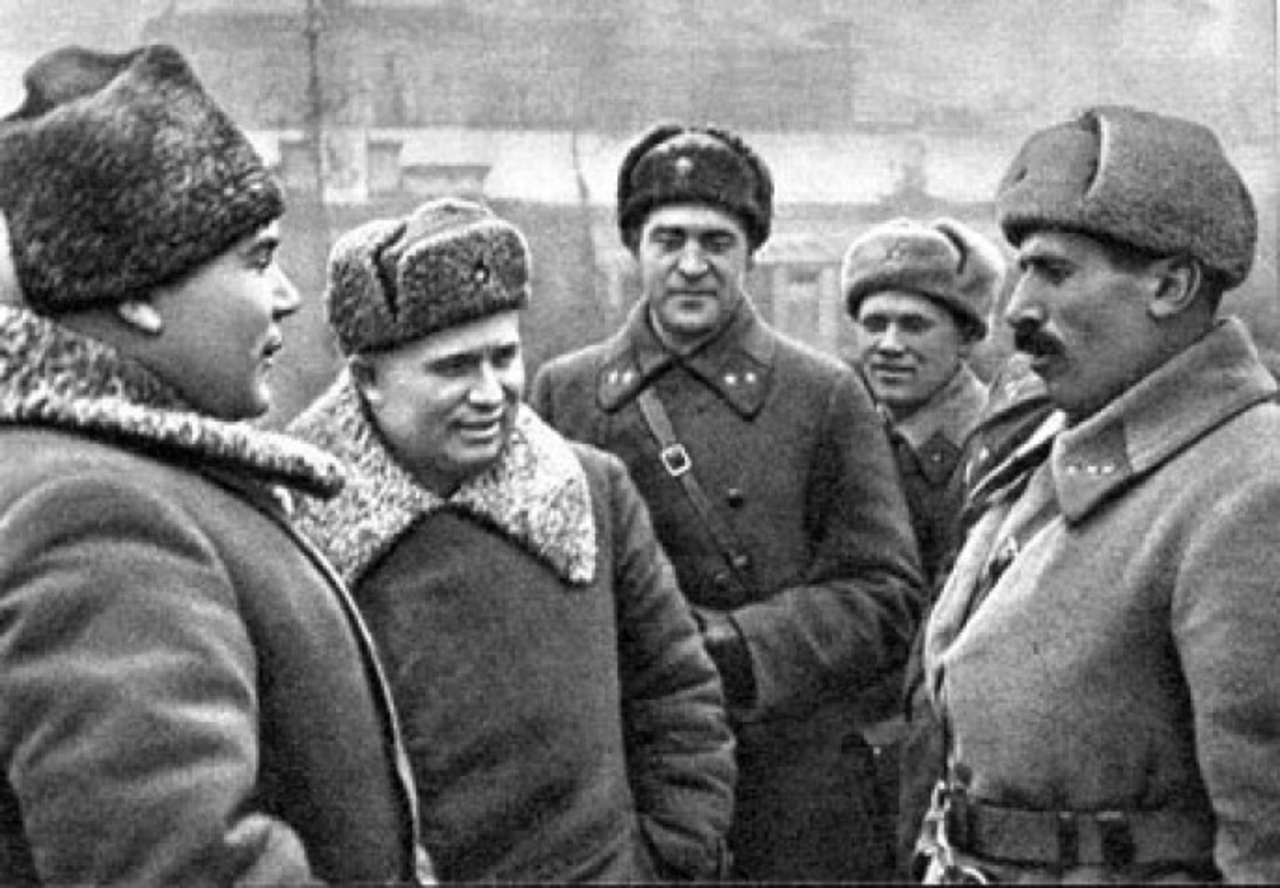
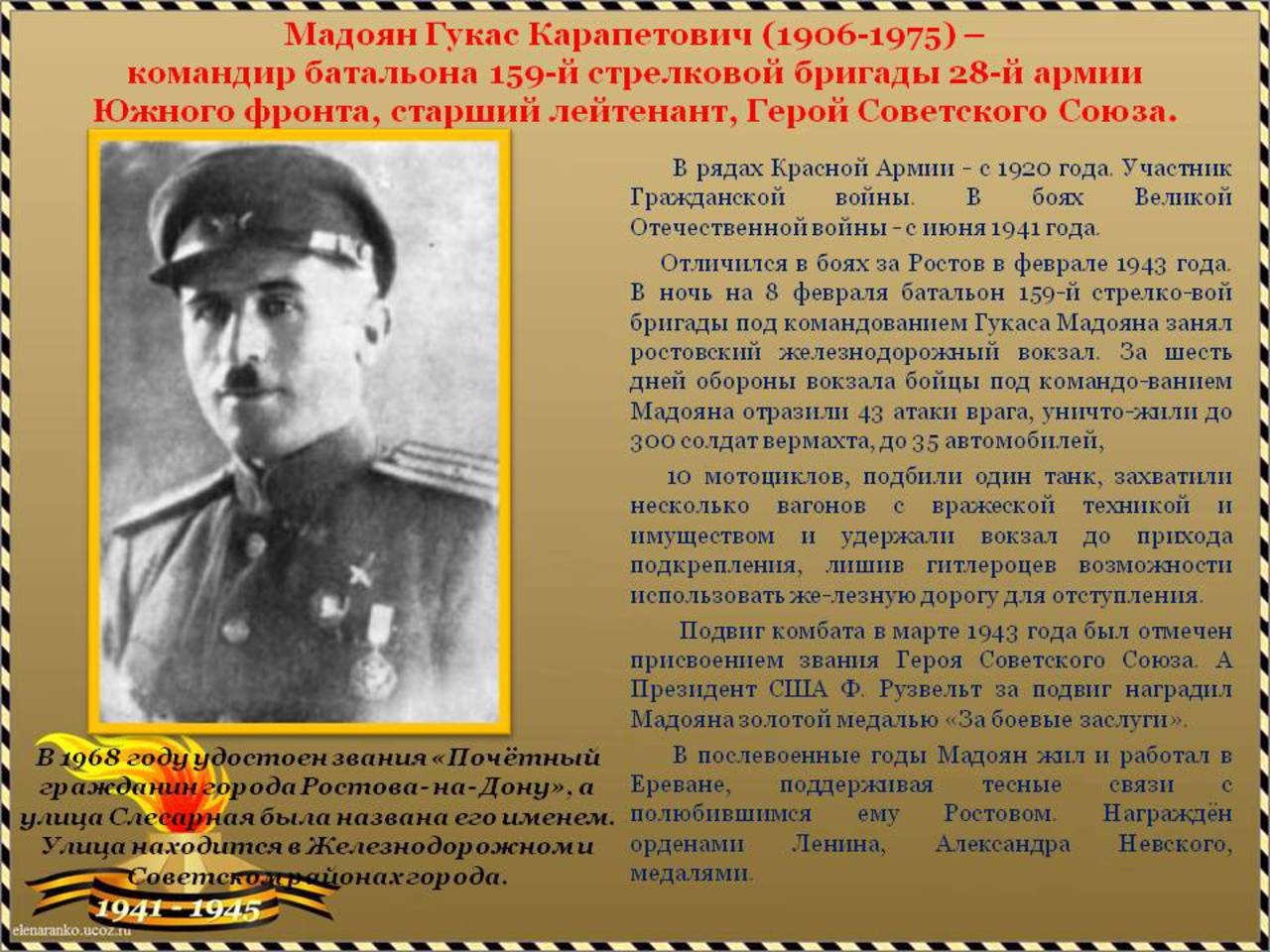
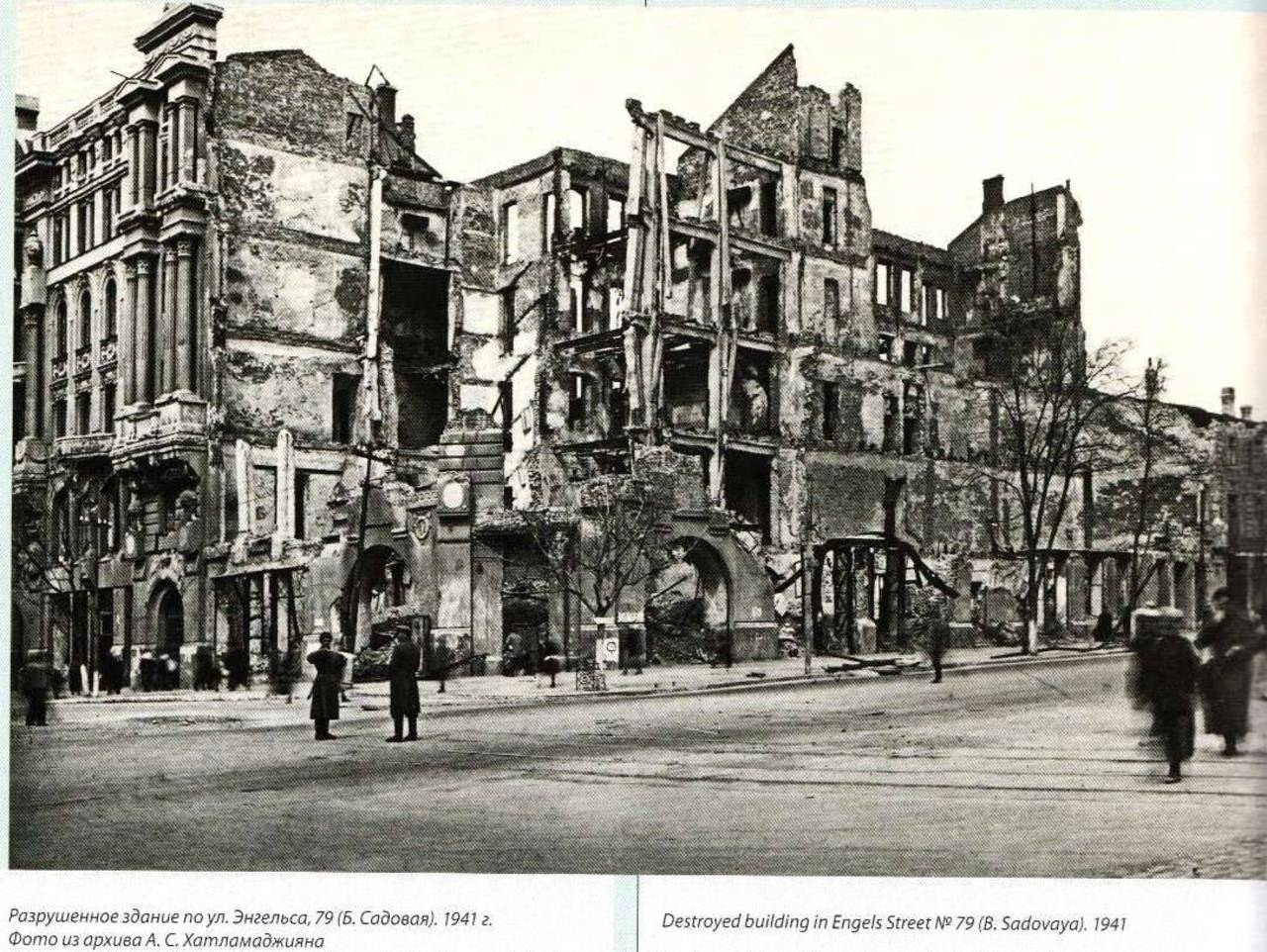
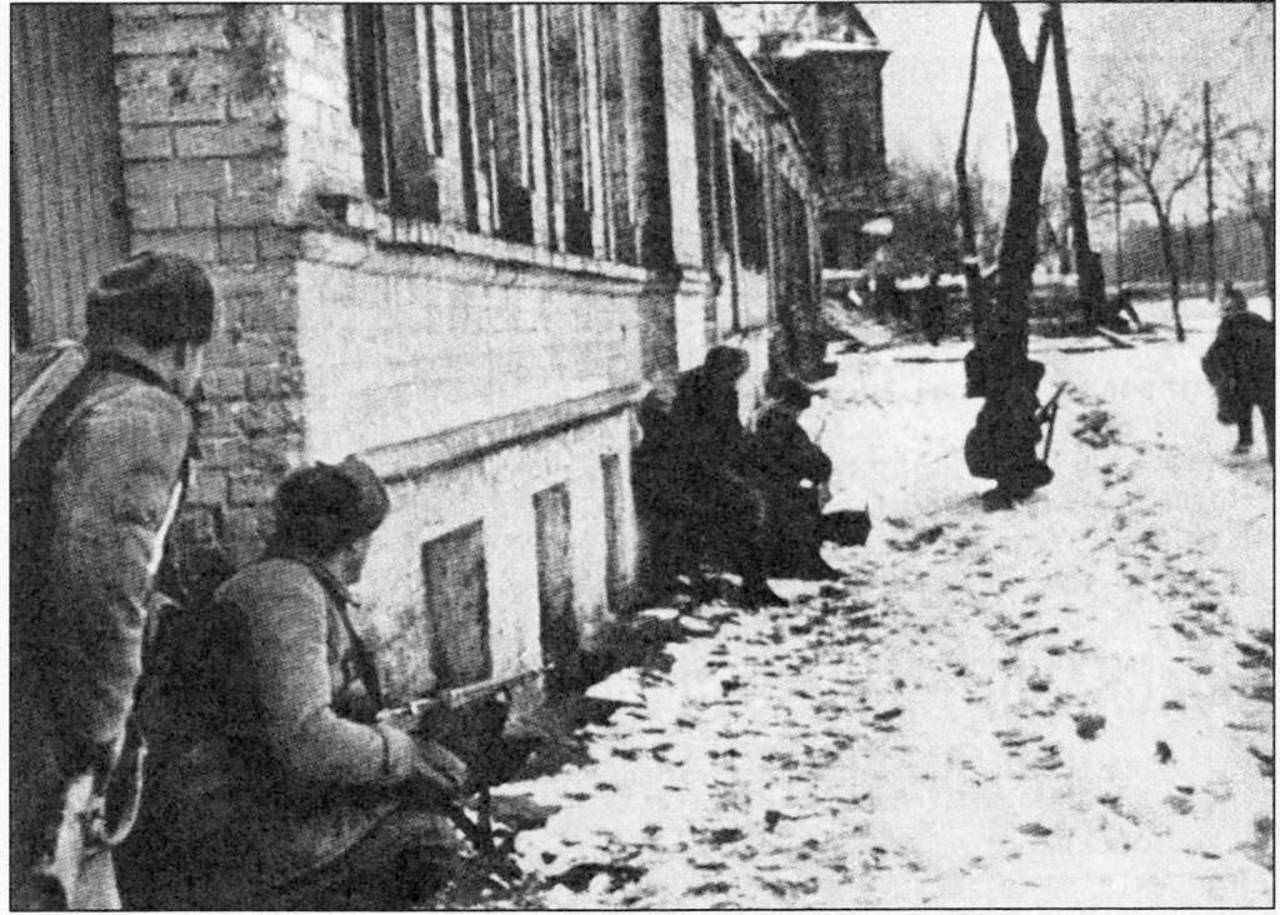
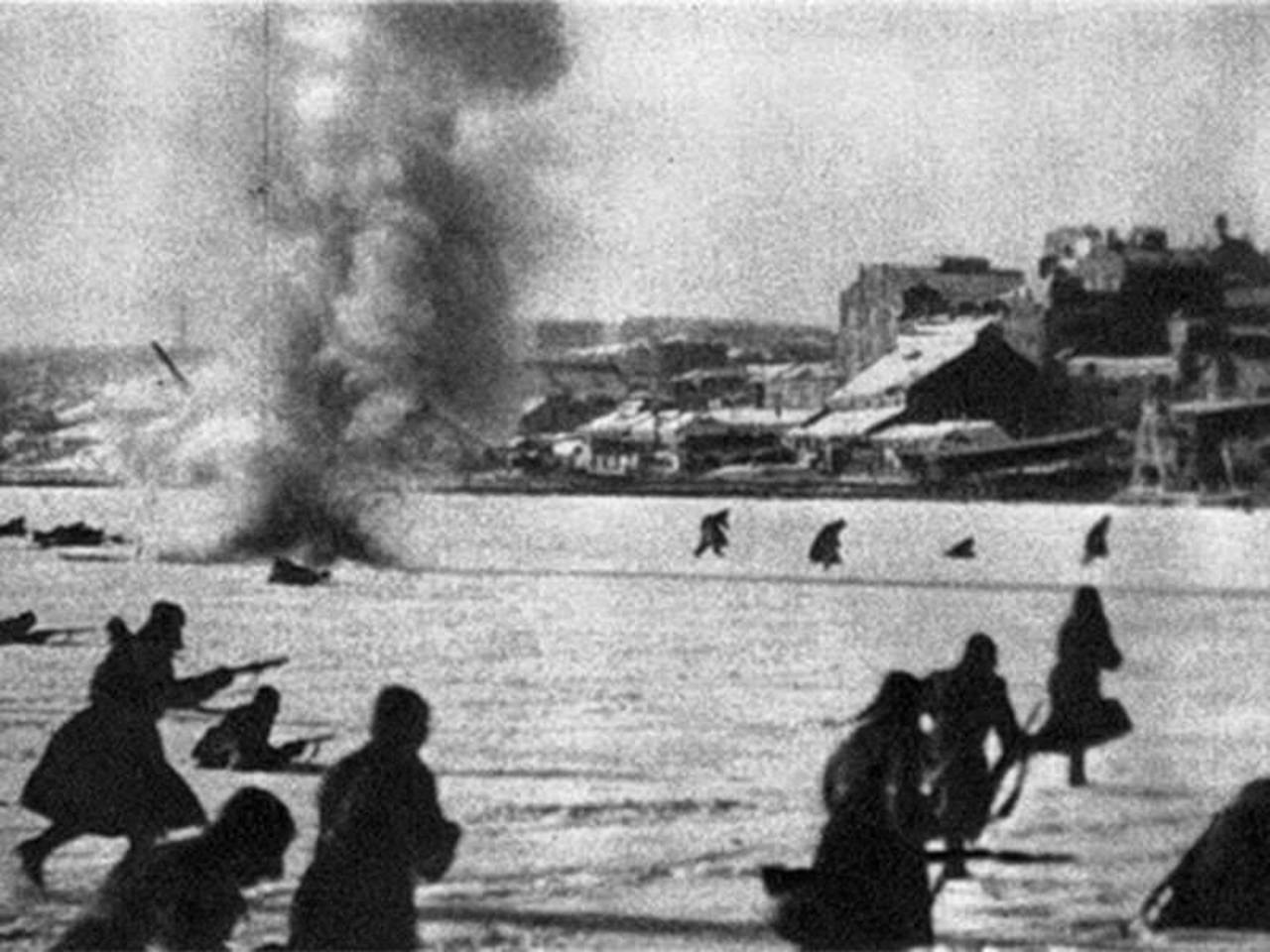
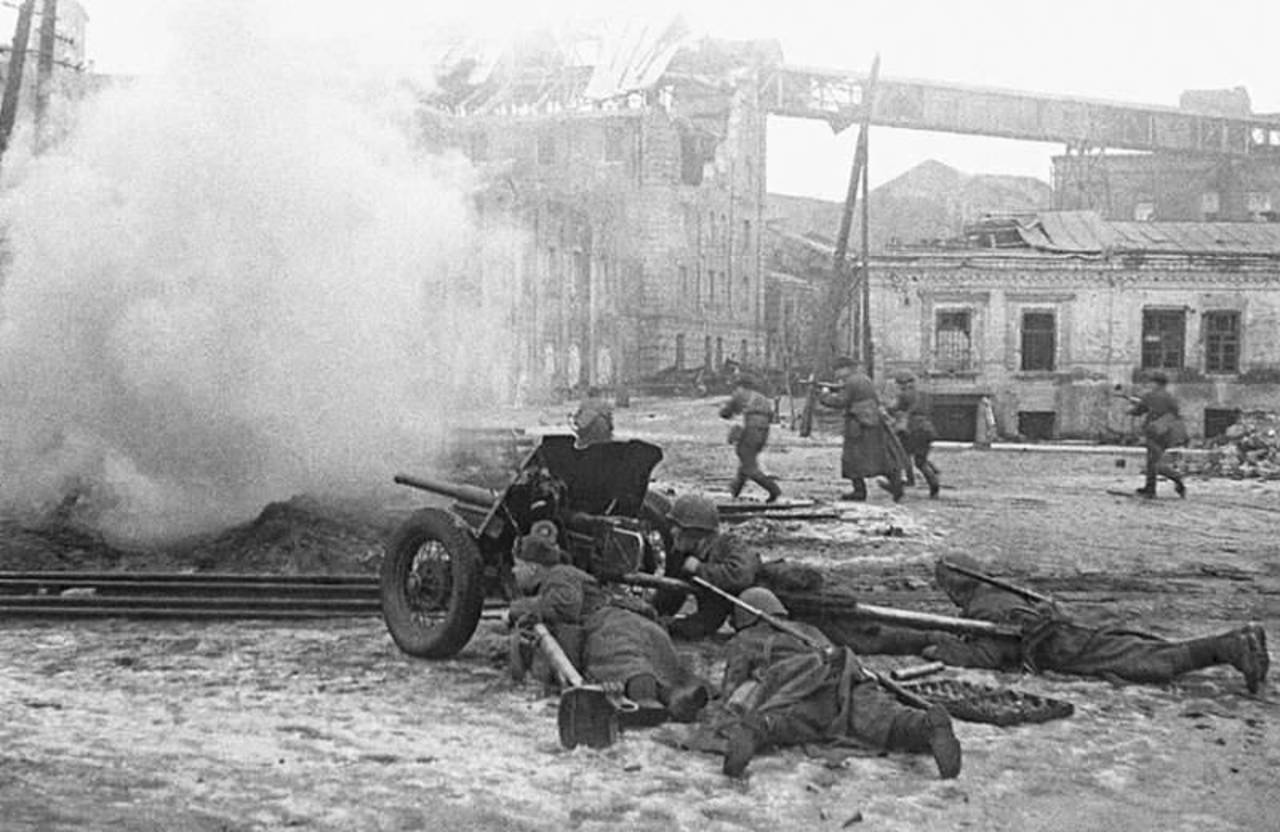
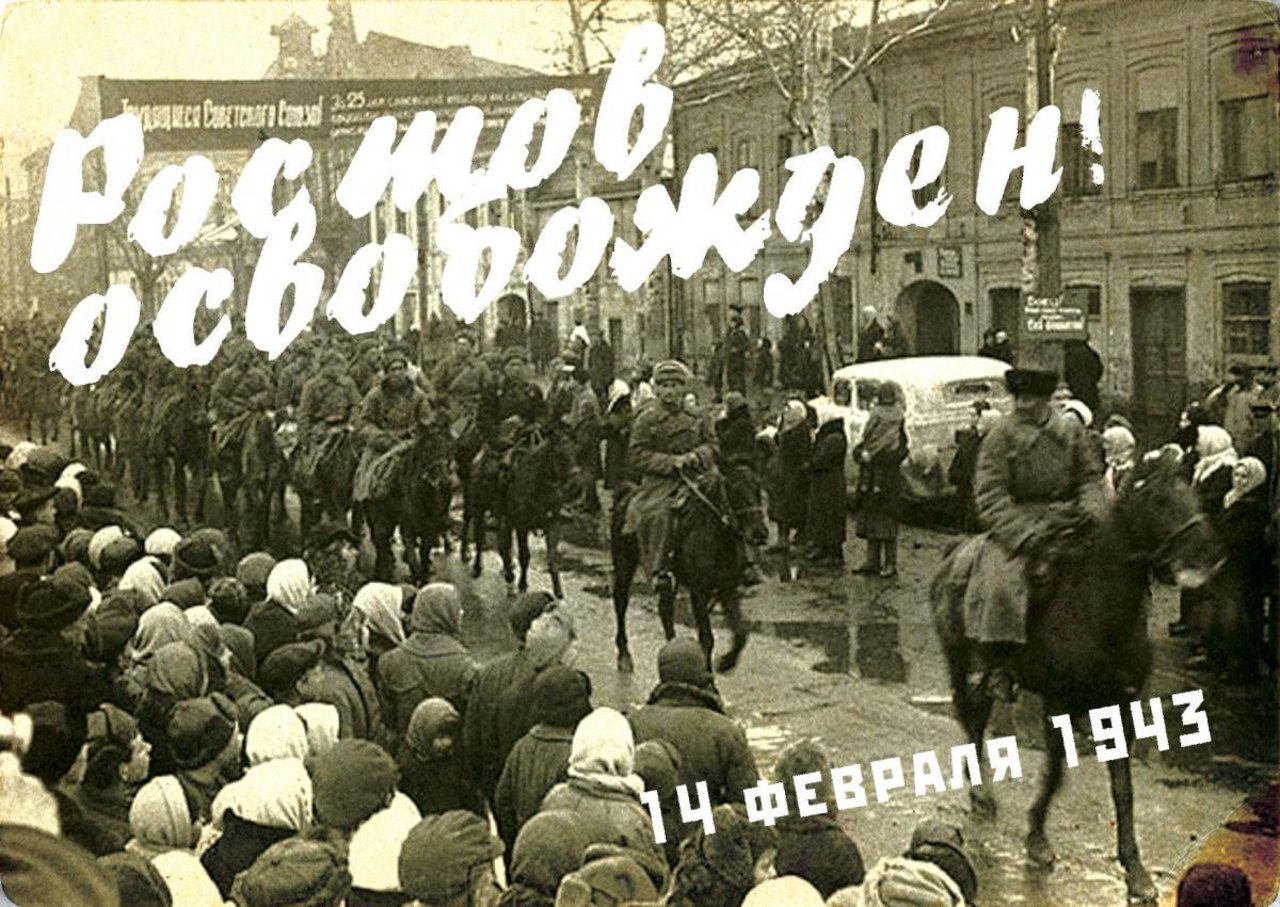
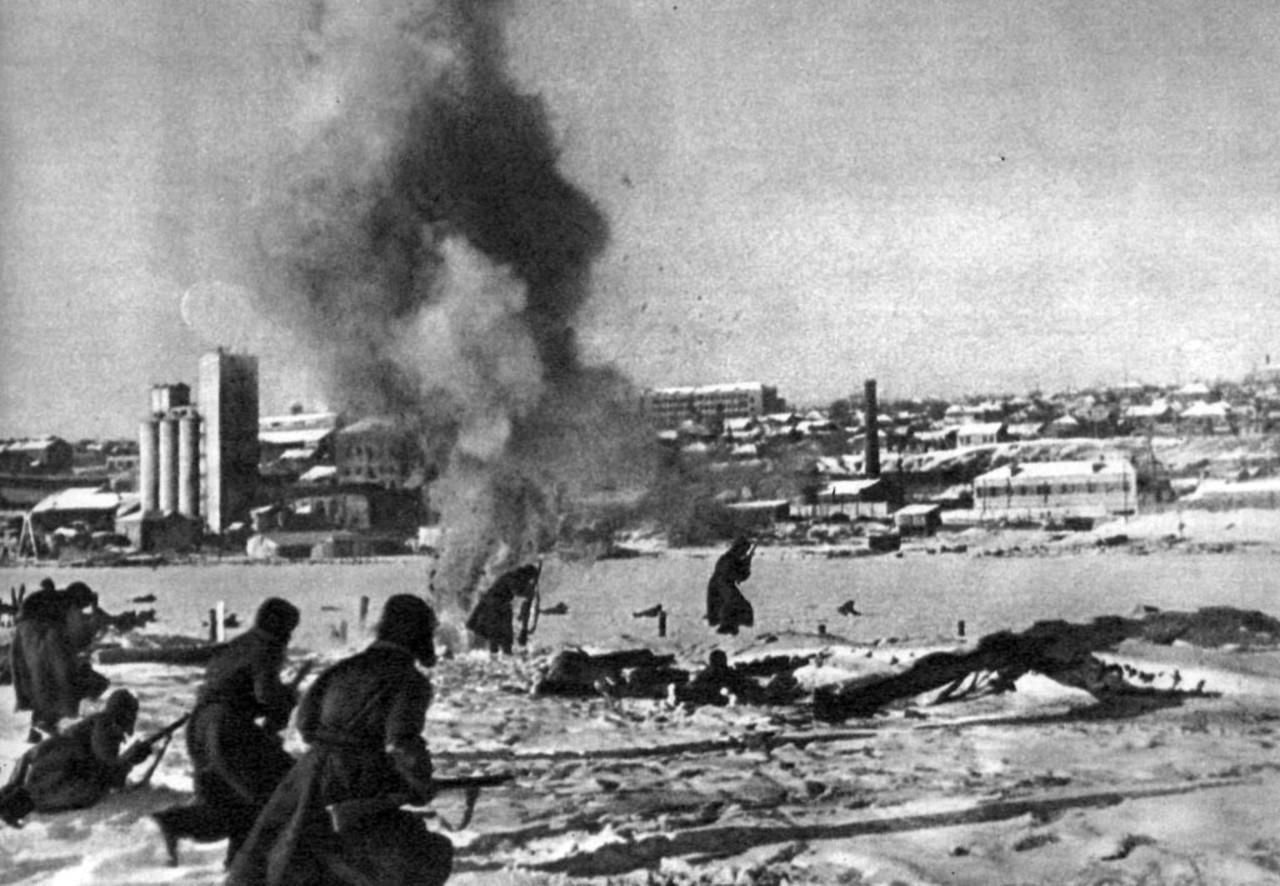
Added: 14.02.2018
View count: 10322
